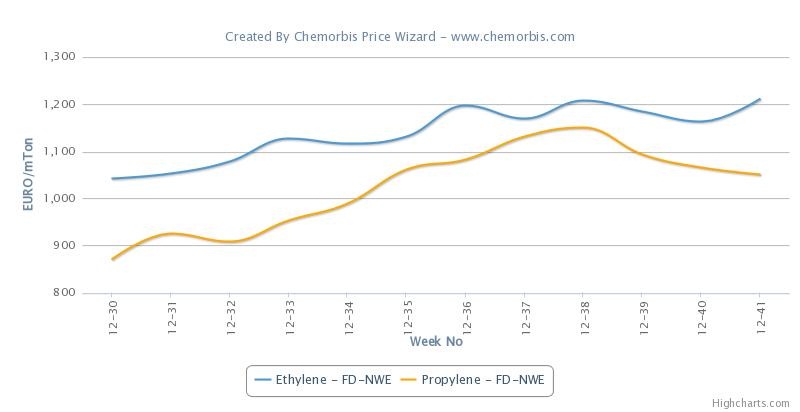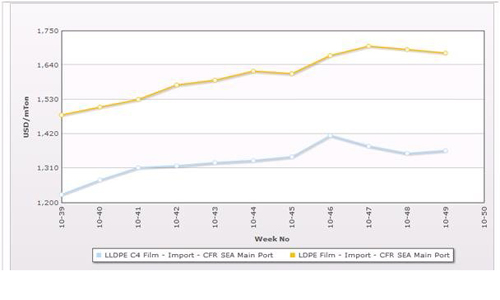Demand for produce packaging in the US is forecast to increase 3.2% per year to US$6.0 billion in 2019, outpacing growth in fresh produce production as packaging takes on a greater role in the protection, traceability, and marketing of fresh fruits and vegetables.
Demand for healthy foods which are fresh-cut or ready-to-eat will drive gains for packaged produce and help to sustain demand for packaging products, particularly those with value added capabilities, according to Freedonia’s latest report.

Corrugated boxes are the leading type of packaging with over 35% of demand in 2014. “Boxes are valued in both retail and foodservice uses due to their light weight, low cost, graphics capabilities, and well established recycling infrastructure,” said analyst Katie Weiser.
However, demand will grow at a slightly below average pace through 2019 as many applications reach the point of saturation and reusable plastic containers (RPCs) and flexible packaging formats are expected to gain market share.
The fastest growing package formats are those that possess aesthetic appeal, such as plastic containers and stand-up pouches, both of which have the capability to increase brand marketing and recognition.
Pouches using anti-fogging films to allow for product visibility often feature colorful graphics to advertise nutritional properties and environmental sourcing practices, especially for products targeted to children.
Plastic containers such as clamshells, tubs, cups, and bowls not only provide an extra level of protection for delicate products such as tomatoes and berries, but also give producers a way to differentiate their products through a retail appearance which is cleaner than bulk displays or flat bags.
Convenience-focused packages such as pouches and plastic containers are increasingly being used by producers of specialty varieties of grapes, tomatoes, potatoes, cucumbers, and apples in order to gain distinction in the grocery aisle, said Freedonia.
Website: www.adsalecprj.com







